If you’re heading to Nyaungshwe in order to explore Inle Lake, you’ll probably find yourself joining an organised boat tour. It’s the best (if not only) way of exploring the lake if you have a limited amount of time at your disposal. Here’s what you can expect from an Inle Lake tour by boat.
I realise that saying this could be seen as quite controversial considering that many people cite Inle Lake as their favourite place in Myanmar, but after a couple of nights in Nyaungshwe and (almost) a couple of days of exploring Inle Lake, I couldn’t decide whether I actually enjoyed my time there or whether my enjoyment had been tainted by just how touristy this place has already become.
Don’t get me wrong, it’s not all touristy; in fact some parts are very far from it. So much so that when I first arrived at the lake – the climatic finish to an incredible three-day trek from Kalaw – I felt nothing but fondness for the calm, mirror-like waters interspersed with stilt-house villages, Buddhist temples, and floating gardens.
Although Tone Le Village is a popular lunch stop for travellers at the end of their treks, I couldn’t have asked for a more beautiful setting from which to enjoy our last avocado salad (Burmese avocado salads are the best!) with the group. And it’s scenes like these that left me ridiculously excited about the days ahead of us.
As we said our goodbyes Rhythm (who’d been our wonderful guide for the past few days) and hopped inside the motorised long tail boat that would transport us to the town of Nyaungshwe, my smile was as wide as those on the faces of the children who waved us off.
We chugged our way through long reeds, along narrow waterways dotted with tall stilt-houses.
Reminiscent of our journey through the floating shantytown of Belén in Iquitos, on the edge of the Peruvian Amazon, these tranquil tributaries of Inle Lake gave us genuine glimpses of how locals lived and worked away from the rapidly developing tourist industry around Nyaungshwe and the northern part of the lake.
We even saw fishermen who were actually fishing rather than just posing for photographs.
Arriving into Nyaungshwe was a bit of an anti-climax after the beautiful journey to get there. It’s s scruffy backpacker hub located at the north end of the lake that’s distinctly lacking in quality, budget eateries (the best we found were a cosy little Chinese joint, Live Dim Sum House, and the rather pricey One Owl Grill) or anything resembling a nightlife scene.
But it didn’t matter to us too much because we were keen to get an early start the next morning, in order to enjoy a full day out on the lake.
For £14 per night, we bagged ourselves a clean, comfortable, and spacious room at the Remember Inn. After three days of hiking through the dusty landscapes of rural Myanmar (and only limited access to very basic washing facilities), the hot showers and on-site laundry service at the hotel were an absolute godsend. And considering the town’s uninspiring culinary offerings, I’m pretty glad a breakfast on the roof terrace was included in our room price. Even in spite of the fact that communication was difficult, and the mohinga and Shan noodle soup listed on the menu were “not possible” every time I enquired.
The coffee was good though – Lao style; strong and served with condensed milk.
We booked our boat trip around the lake through the Remember Inn, because an earlier wander around the town had not presented us with any alternatives.
Despite toying with the idea of heading out at sunrise in order to get some iconic shots of the traditional Intha fishermen, we soon discovered that none of the other guests at the hotel had the same idea, and we couldn’t find anyone willing to take just us for a price we could afford, so instead we settled on a full-day excursion around the lake, starting at 8am.
The communication barrier meant that we didn’t really understand exactly what we’d signed up to see, but I was hoping that our driver would be familiar enough with the lake to be able to make our experience a memorable one.
The only other person on our boat was a Korean gentleman who was polite to the point of becoming annoying (does anyone else hate it when people answer a question with, ” I don’t mind. I’m happy to do whatever you want to do”?) and always made it back to the boat before we did.
Inle Lake Tour | Rotating 5-day markets and Intha fishermen
Our first stop would be one of the lake’s rotating 5-day markets. There are five towns on the lake that each host a market once every five days, so regardless of which day you find yourself on the lake (unless it’s a full moon or a dark moon day), you’re guaranteed to be able to experience one of these five markets:
- Heho, Than Taung, Kyone, Taungto (way to Sagar), Nar Baung (way to Kakku), Loikaw
- Taunggyi, Aungban, Floating Market (Inle)
- Pwe Hla, Mine Thauth, Phaung Daw Oo, Kyauk Tine (way to Sagar), Pin Long
- Shwe Nyaung, Kalaw, Khaung Dine, Indein, Maw Bi (way to Sagar), Phe Khone
- Nyaug Shwe, Pindaya, Nampan (way to Sagar), Ham See (way to Kakku), Sagar.
We were told that the best markets to visit are Sagar and Indein, neither of which were on, on the day that we were in town. But at least we managed to avoid the floating market at Ywama (which is apparently supposed to be the most touristy of them all).
On route to Mine Thauth market (a bustling market on the western edge of the lake), our driver informed us that he would take us to see some of the traditional Intha fishermen. After catching a few glimpses of them the day beforehand, I was intrigued to witness and learn more about their ingenious leg rowing technique.
However as soon as we got within photo-taking distance of these guys, they stopped fishing and began posing, and then waited until we were close enough before holding out their hats in order to collect their monetary compensation for doing so.
We gave them some small change, because, y’know, it’s their livelihood ‘n’ all, but I won’t deny that I was more than a little disappointed that this place was rapidly losing its authenticity.
When we pulled up alongside a long wooden walkway, our driver pointed us in the direction of the market and instructed us to return to the boat within one hour. The problem was that we didn’t know exactly where the market was or how to get there. And it turned out that there was more than one direction to walk in once we reached the end of that wooden walkway and arrived on dry land, and absolutely zero signage to help us pick the correct one.
We did find a nice pagoda though (Phaung Daw Oo Paya), and after around 25 minutes of walking we finally located the market.
It was actually a fairly decent sized, bustling market with a good mix of fresh produce and locally-made handicrafts. So it would have been really nice to have had more than around 15 minutes to have a look around it before having to head back to the boat. We actually bumped into Paul (from our Kalaw to Inle Lake trek) whose boat driver/pilot had accompanied him to the market. It would have been nice (and useful) if ours had too.
Inle Lake Tour | Visiting a lotus weaving factory
Our next stop was a lotus weaving factory. No, this isn’t where they weave fabric into lotus flowers but rather where they weave fabric out of the fibres from the stems of the lotus flower.
As soon as we entered we were ushered around far too quickly by a girl who spoke barely decipherable English at lightning speed. So I had to choose either to take photographs or attempt to listen to the commentary; I struggled to manage both at the same time.
But that aside, it was a truly fascinating place. The amount of work that goes into making the end product – and the number of different processes involved – is absolutely incredible.
When we arrived at the shop (and of course, there had to be a shop at the end of the tour), I could quite easily have spent a small fortune. The products were beautiful.
It was possible to buy scarves, shawls, longyi, and even entire outfits that had been lovingly crafted from the fibres of the humble lotus plant. I finally settled on a couple of scarves, one of Inlay design and one of Shan design. I would let my mum choose one for herself and I would have the other. They cost $10 each or 27,000 kyat altogether.
If you’re planning to do some gift shopping while you’re in Myanmar, I can thoroughly recommend you do it here.
Inle Lake Tour | Toking on a cheroot at the Cheroot Factory
Toking on a Burmese cheroot on Inle Lake is on a par with puffing on a Cuban cigar in Viñales: it’s something that you absolutely have to try. Even if you’re not a smoker.
There are two types of cheroot – sweet and not sweet. In both you’ll find the following ingredients:
- Tobacco (obviously)
- Honey
- Tamarind
- Brown sugar
- Banana
- Alcohol
- Salt
However, to make the sweet ones star anise and fennel seed are added. And let me tell you, that makes all the difference. I could totally understand why people take up smoking if all cigarettes tasted this good!
We were then taken to a boat making factory (somewhere Stu found absolutely fascinating) before arriving at our lunch stop.
There’s no obligation to have lunch at any particular restaurant here, but to be honest all the restaurants overlooking the lake (or one of its many tributaries) are all much of a muchness: overpriced and substandard. I paid 3500 kyat for an avocado salad that cost me 2500 in Bagan. The ones we ate on the Kalaw to Inle Lake trek were much, much better.
I spent the best part of an hour attempting to make conversation with our polite Korean companion, drinking copious amounts of green tea, and wishing that I hadn’t stupidly decided that factor 30 would be a sufficient factor of sunscreen to protect my pale English skin from the burning Burmese sun. Despite the fact that I had my scarf draped over my already sunburnt shoulders, I could still feel the pain of the searing hot sun cooking my flesh underneath.
Thank goodness the following day was going to be a travel day.
Inle Lake Tour | Long neck Karen and a silversmith workshop
I’ve been introduced to the long neck Karen tribe before, in a tiny village on the Laotian border in northern Thailand. And whilst this particular introduction wasn’t a wholly authentic experience, it was a darn site more authentic than the one I was privy to on Inle Lake.
I didn’t feel comfortable from the moment I set foot inside this particular establishment. It felt staged and unnatural. Two young girls with gold rings around their necks assumed the weaving position, posing for tourists as they passed. I wanted nothing more than to not be that tourist, and consequently kept my camera down by my side.
Ideally I would have spoken to them and taken an interest in their lives (rather than seeing them as objects to stare at and photograph), but seeing as though I don’t speak Burmese, I made the decision to leave as quickly as I could.
Our next stop, the silversmith workshop, was much more interesting. I love silver jewellery and I love watching how it’s made. But I gave up on browsing the finished pieces after a young girl insisted on following me around like a hawk and continually asking me,
“You like? You try?”
It was at this point that I was reminded of all the reasons I don’t like tours, and if our boat driver/pilot had suggested visiting any more “factories” I probably would have decided to jump overboard and swim.
Fortunately we were on our way to take a look at the floating gardens instead.
Inle Lake Tour | Floating gardens
The floating gardens were much more up my street. They are, exactly as the name suggests, gardens that float on the calm waters of Inle Lake. Various types of fruits and vegetables are grown in these floating gardens, but the ones our ‘guide’ wanted to show us were tomatoes.
He even piloted our boat close enough so that he could pick a few for us to taste.
They were some of the sweetest, juiciest tomatoes I’ve ever tasted.
Inle Lake Tour | Meeting the cats at the Jumping Cat Monastery
Legend has it that there were once cats here that the monks had trained to jump. As far as I’m concerned cats can jump without needing to be trained (you’ve seen those youtube videos with the cucumbers, haven’t you?), but maybe they used cucumbers to train them. Who knows?
Nowadays, whilst there are plenty of cats here (including some adorable kittens), I didn’t see any of them jump.
However the Jumping Cat Monastery is a beautiful (and very old) wooden structure that I absolutely adored wandering around.
When Stu finally managed to drag me away from the non-jumping cats and kittens, we hopped back in the boat and returned to Nyaungshwe, arriving back in town just as dusk was approaching.
On route to our hotel we called in at One Owl Grill for a couple of Shwe Tamarind cocktails and a selection of bruchettas, and set about discussing the day’s experiences.
Inle Lake boat trip: The verdict
As beautiful as I found Inle Lake to be, it’s by far and away the most touristy place in Myanmar, so don’t come here expecting a unique or authentic experience.
Booking a boat tour is the only way to see a lot of places on the lake (the lotus weaving factory, the cheroot factory, the floating gardens, and Jumping Cat monastery), so if you don’t want to miss out on these then you’ll have to be prepared to tolerate the negative aspects that tours often encompass.
You will only have a limited amount of time at each attraction, it’s unlikely you’ll have the opportunity to interact with or learn much about the people and places you’re visiting, and you’ll be sharing your space with numerous other tourists who are being herded around in exactly the same way as you are.
If I had to choose between Inle Lake and Bagan, I would wholeheartedly choose Bagan. And if I had to choose between Inle Lake and the Kalaw to Inle Lake trek then I would also wholeheartedly choose the latter. But at the same time our boat trip around the lake was definitely not without its merits, and I certainly don’t regret incorporating the visit into our itinerary.
Just be warned that, whilst Myanmar on the whole remains a largely undiscovered part of Southeast Asia, the same cannot be said about the 116 square kilometre body of water at its centre.
Inle Lake Tour by Boat | Practical Info
- Our boat trip cost us 18,000 kyat each and ran from approximately 8am-4:30pm. We booked it at our hotel, Remember Inn.
- From Nyaungshwe we caught the day bus to Mandalay, which was scheduled to leave at 8:30 am but actually left closer to 9am. We also booked tickets for this at our hotel.
- Remember Inn was the best value accommodation we could find in town, but if you’d like to browse a full list of options, Booking.com is our go-to accommodation booking website:
Browse accommodation in Nyaungshwe
Have you visited Inle Lake? How do your experiences compare?
If you like this article, please share it on social media using the share buttons at the top of the post. Alternatively you can follow along on Facebook, Twitter, or Google+ or you can look me up on Instagram or Pinterest too!
**Some of the links in this post are affiliate links. All this means is that if you make a purchase through one of the links I have provided, I will earn a small commission as a result but the cost to you will remain exactly the same**



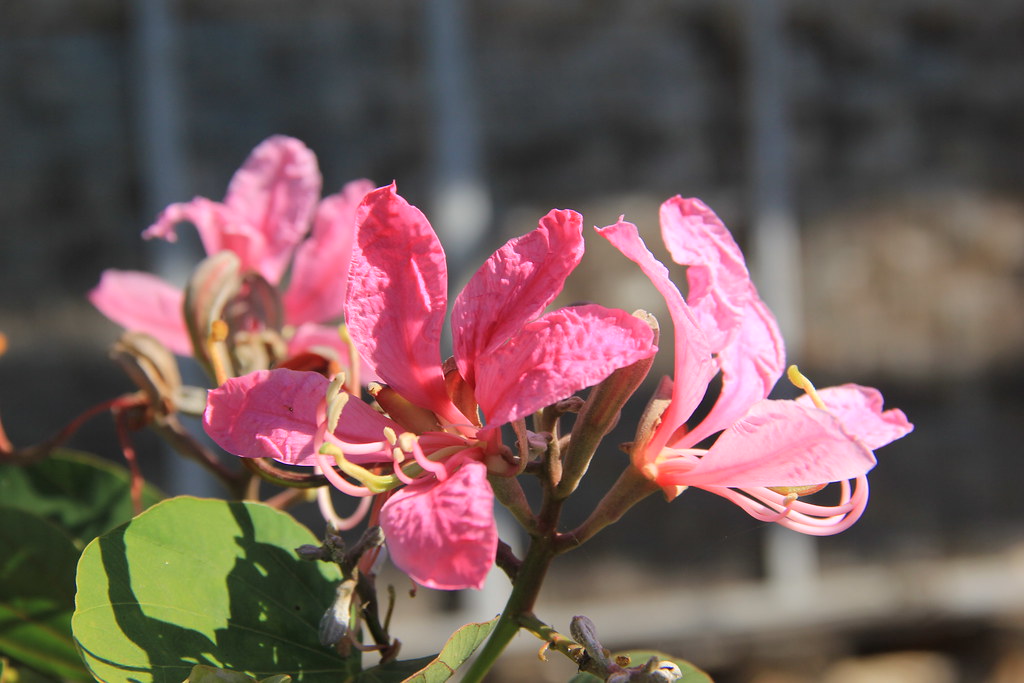
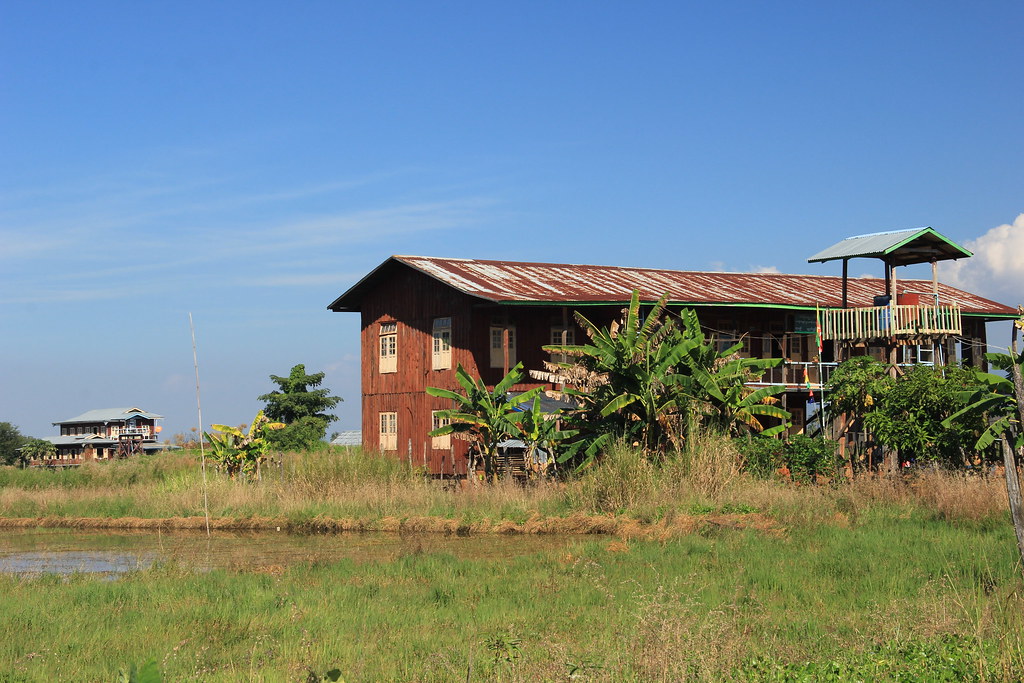
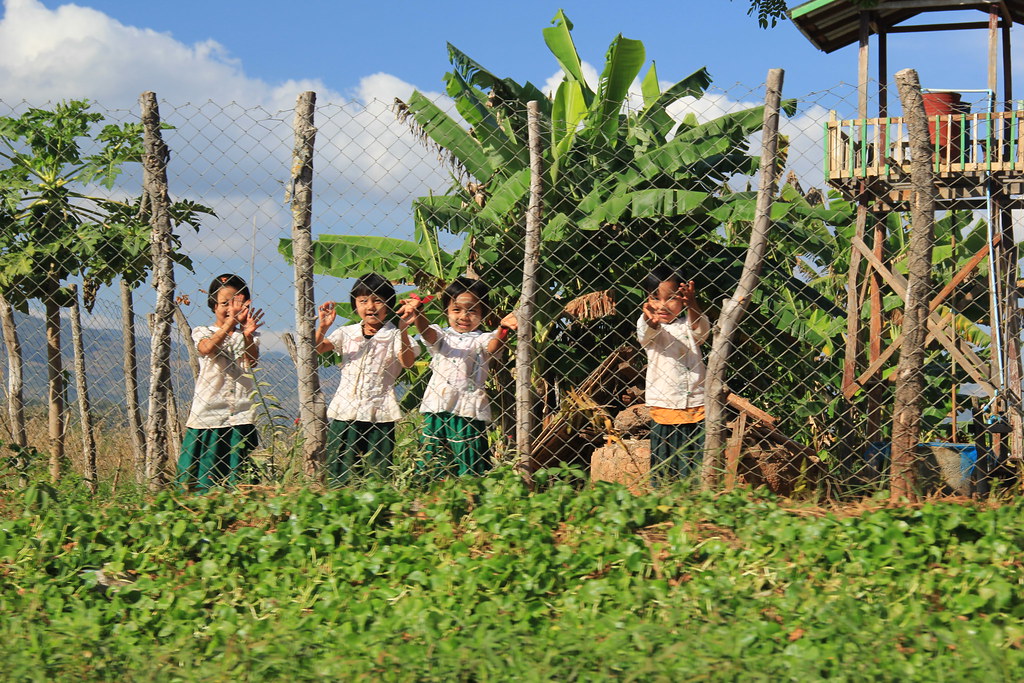
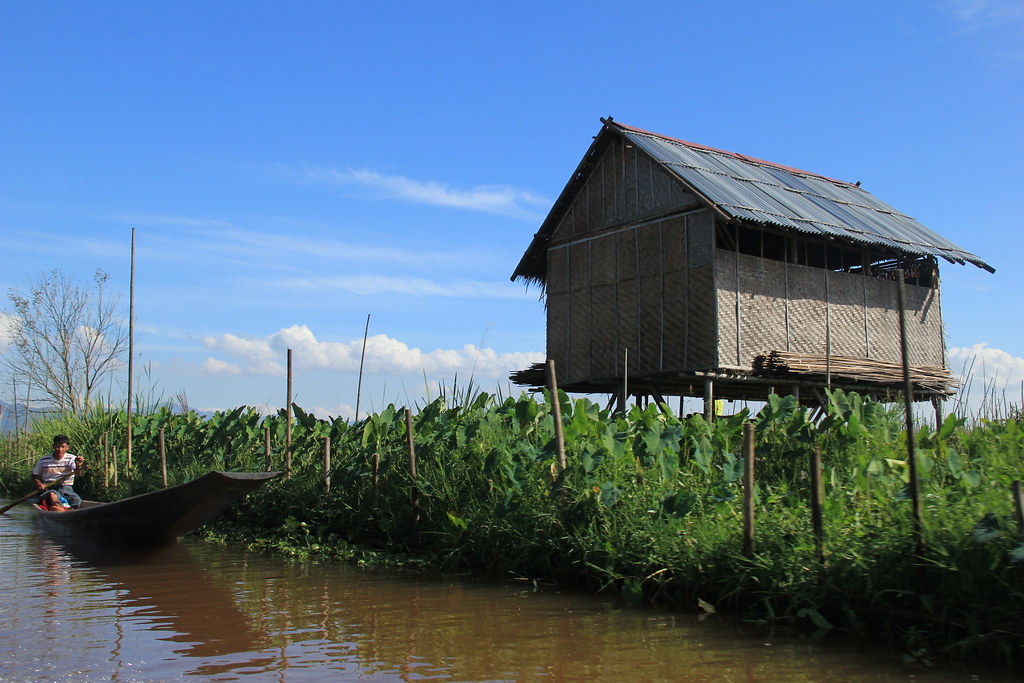
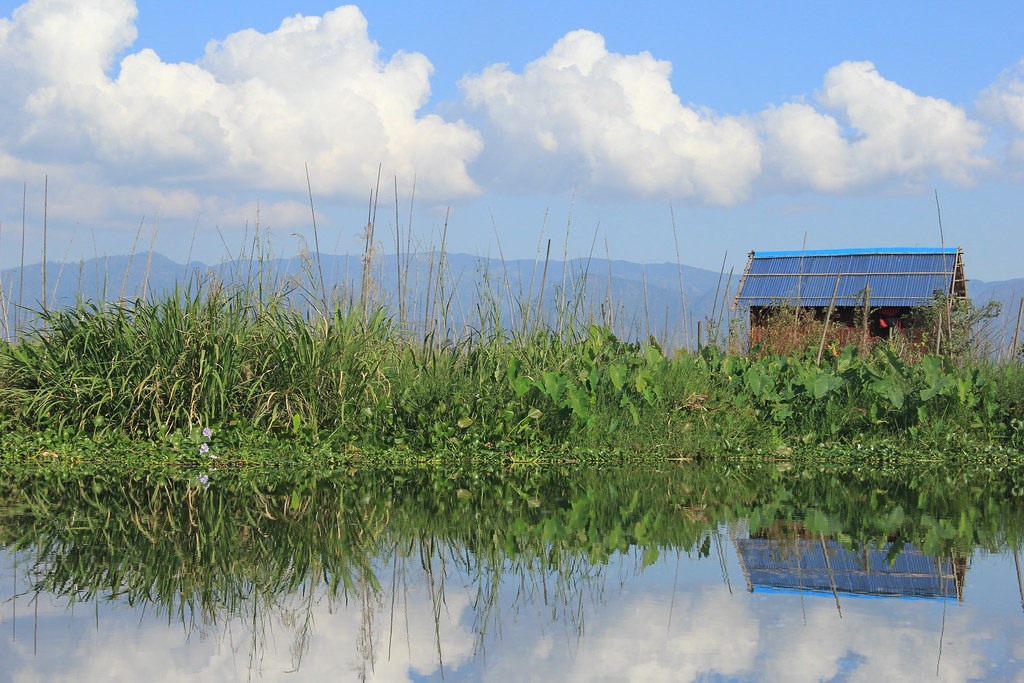
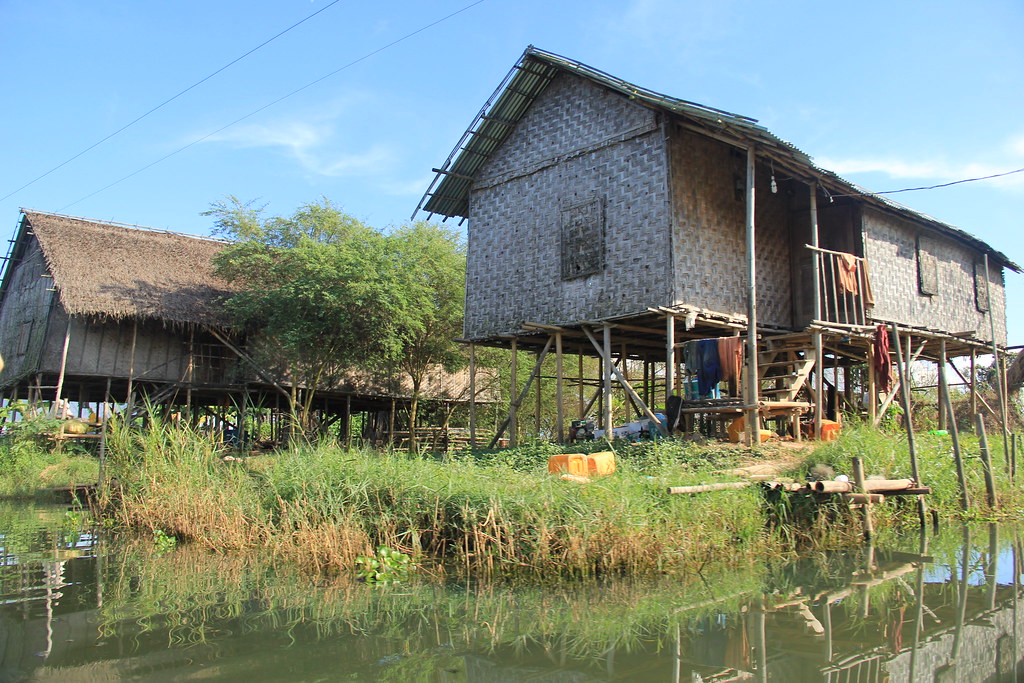
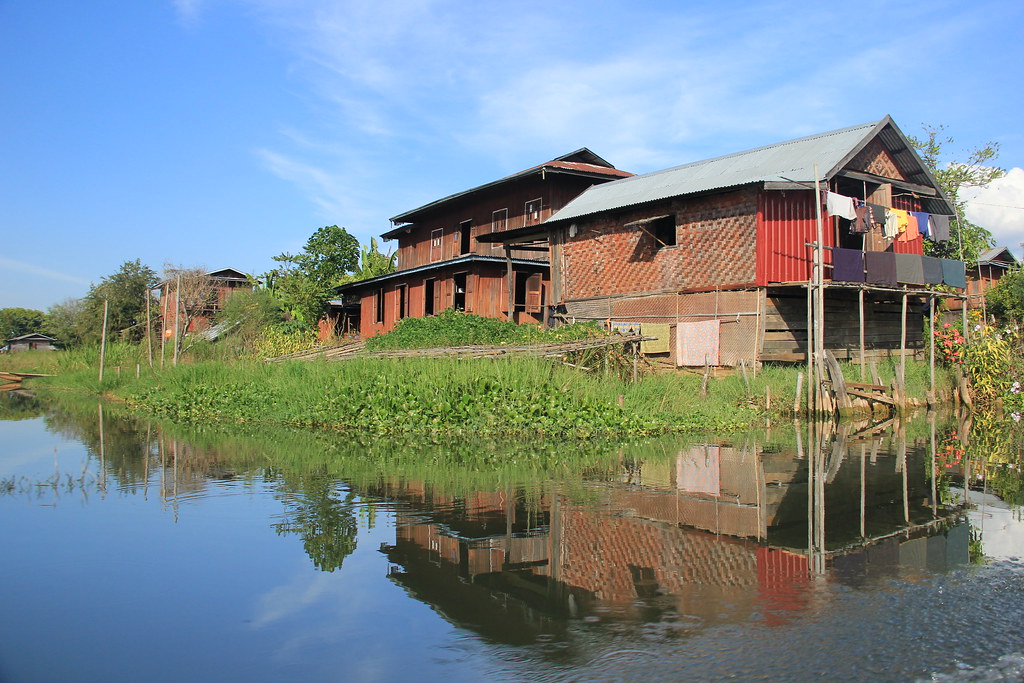
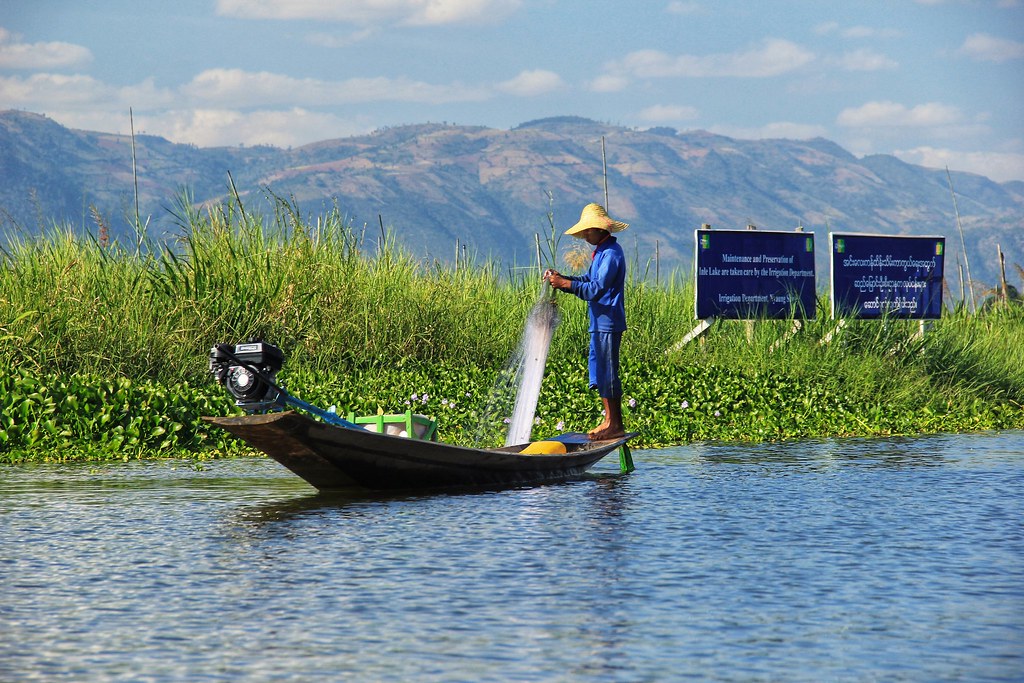
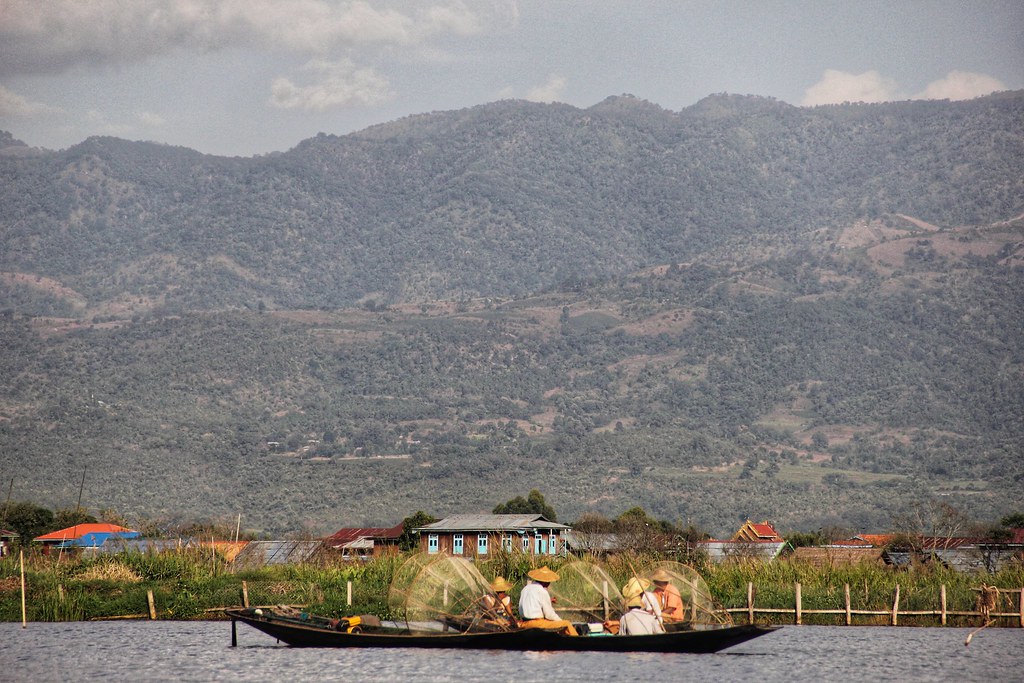

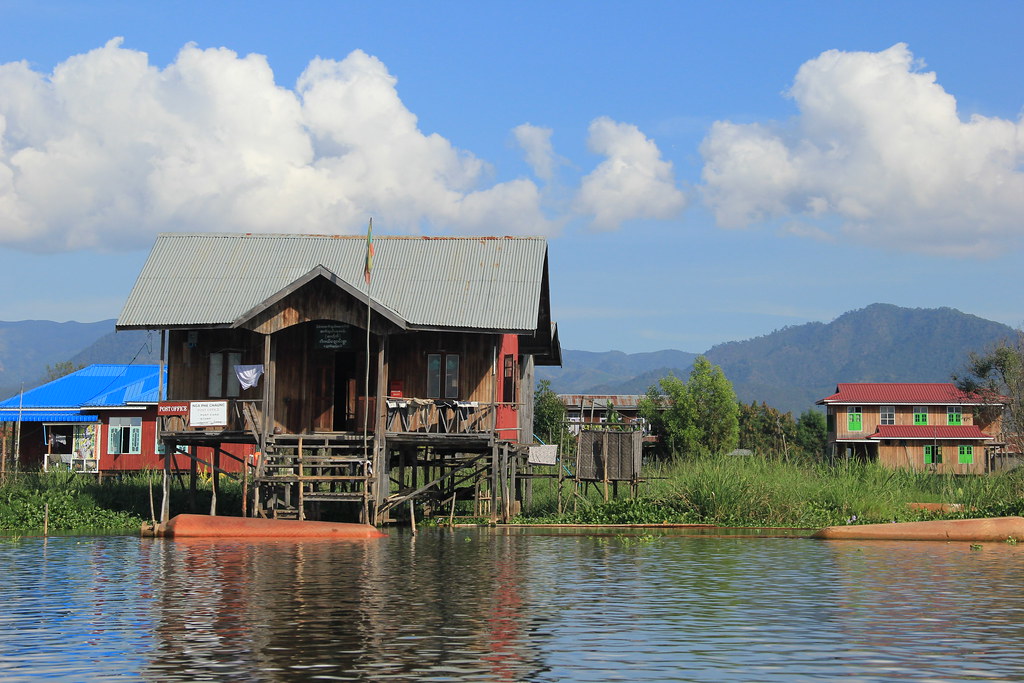
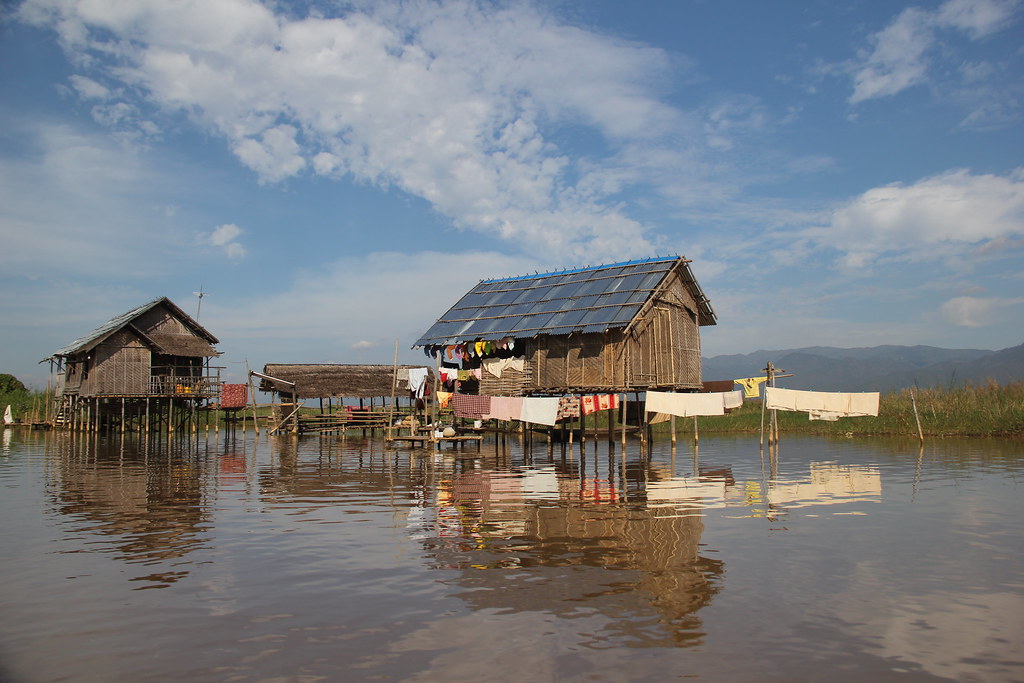
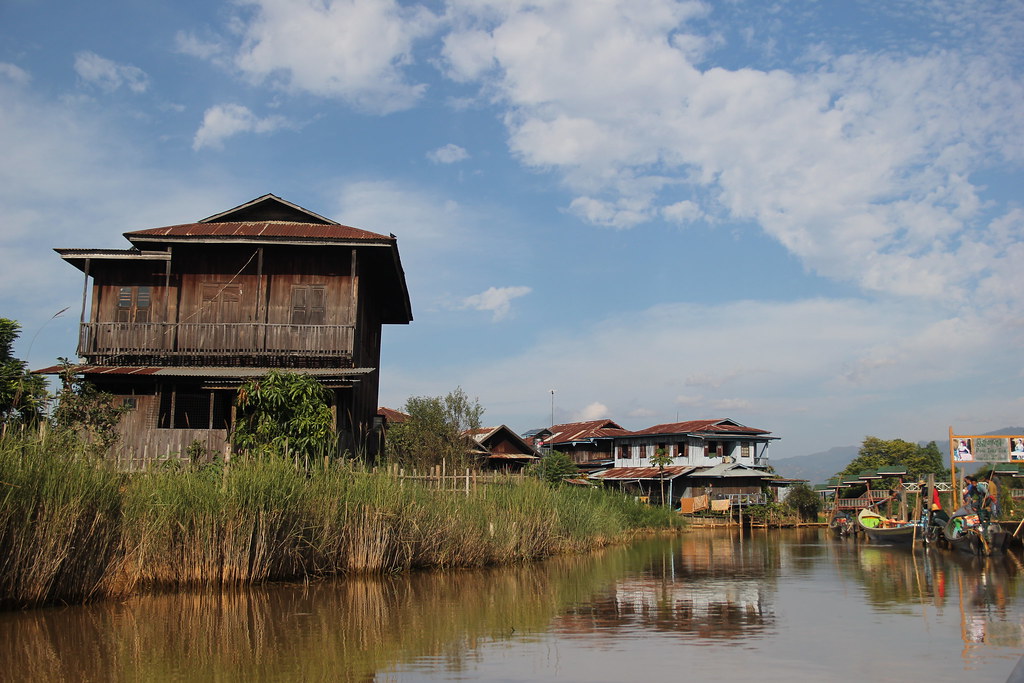
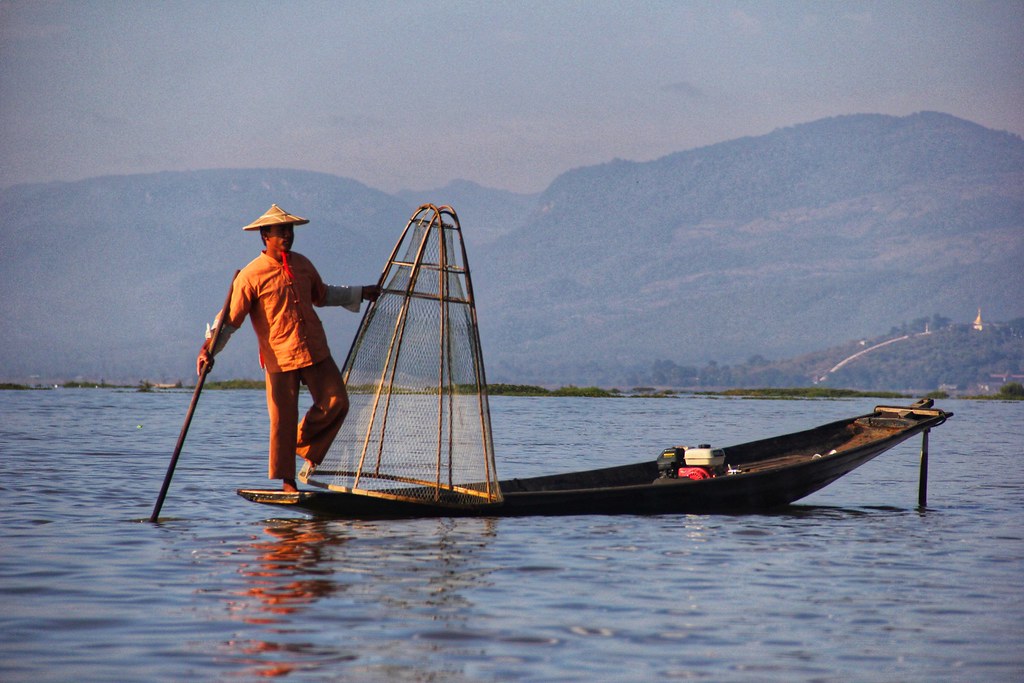
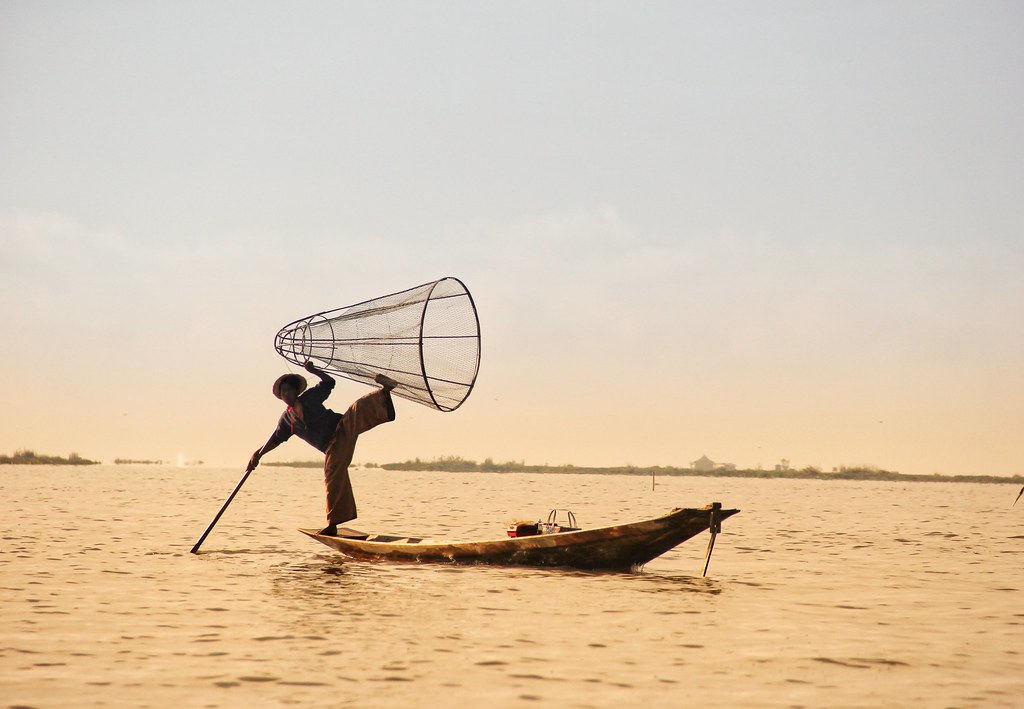

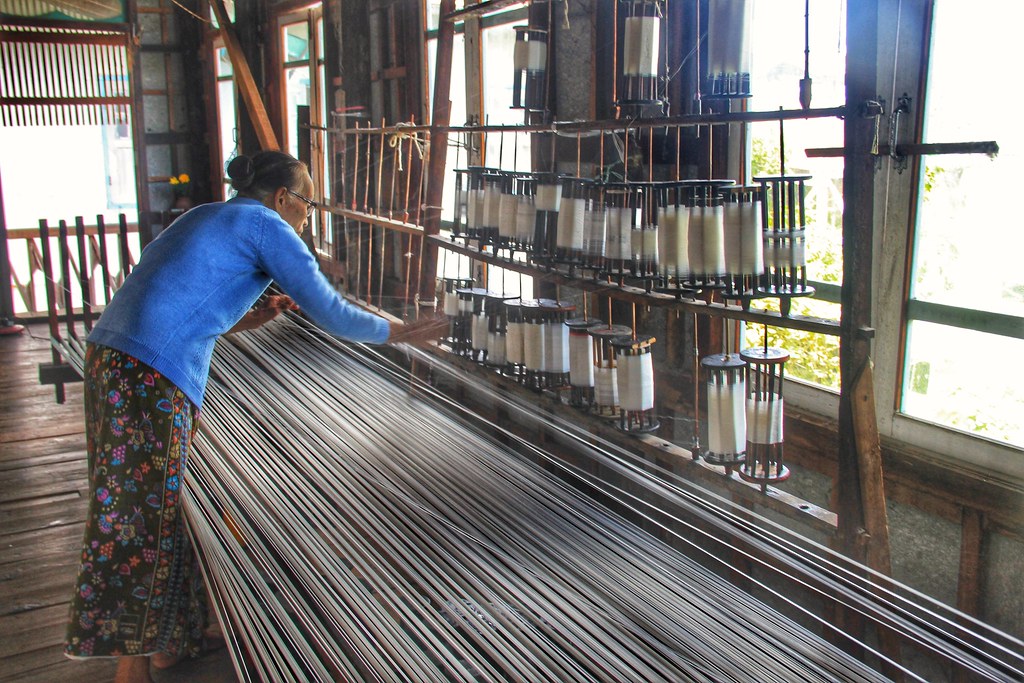

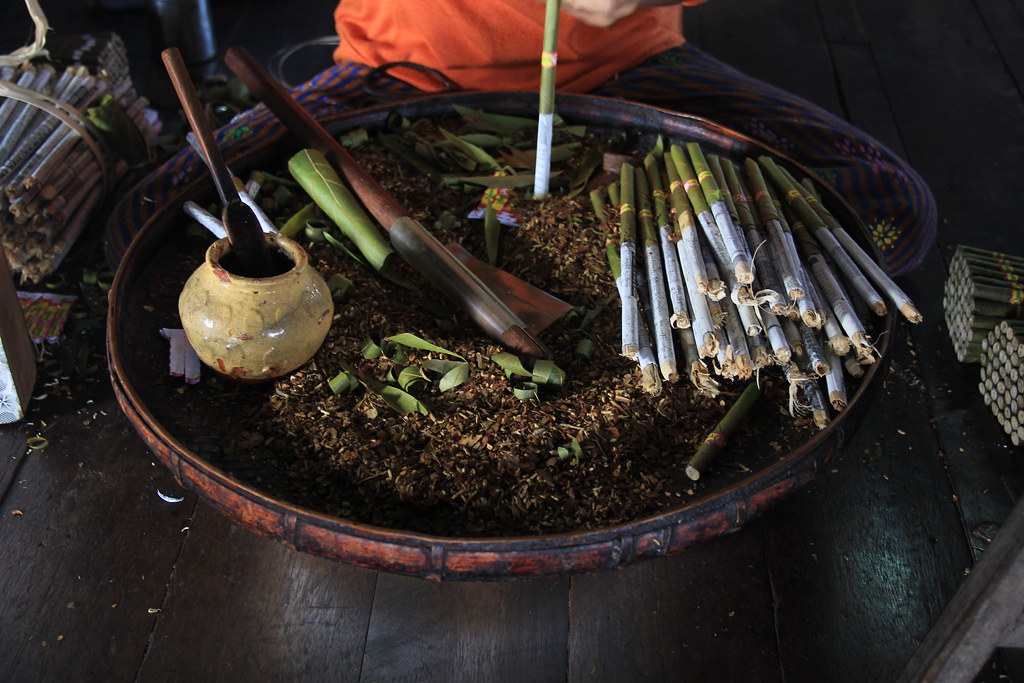
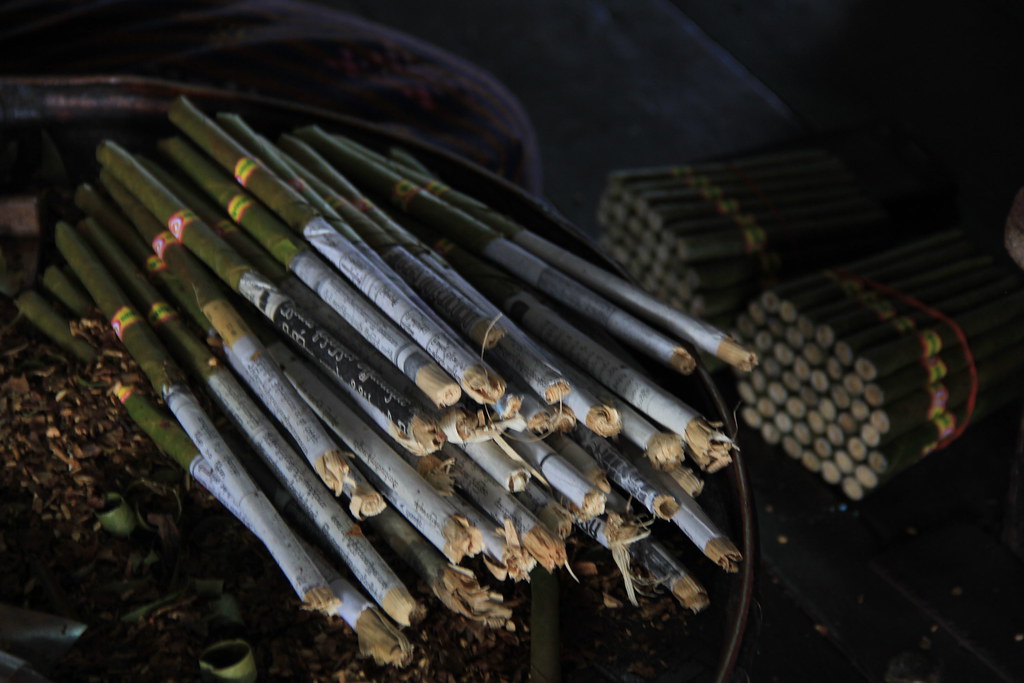


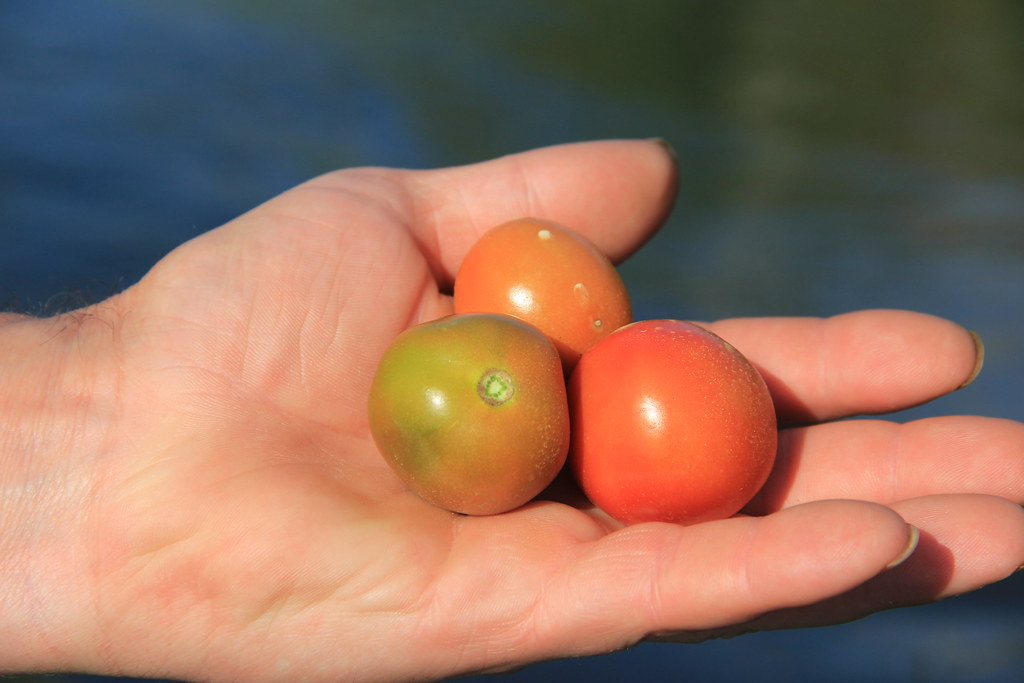
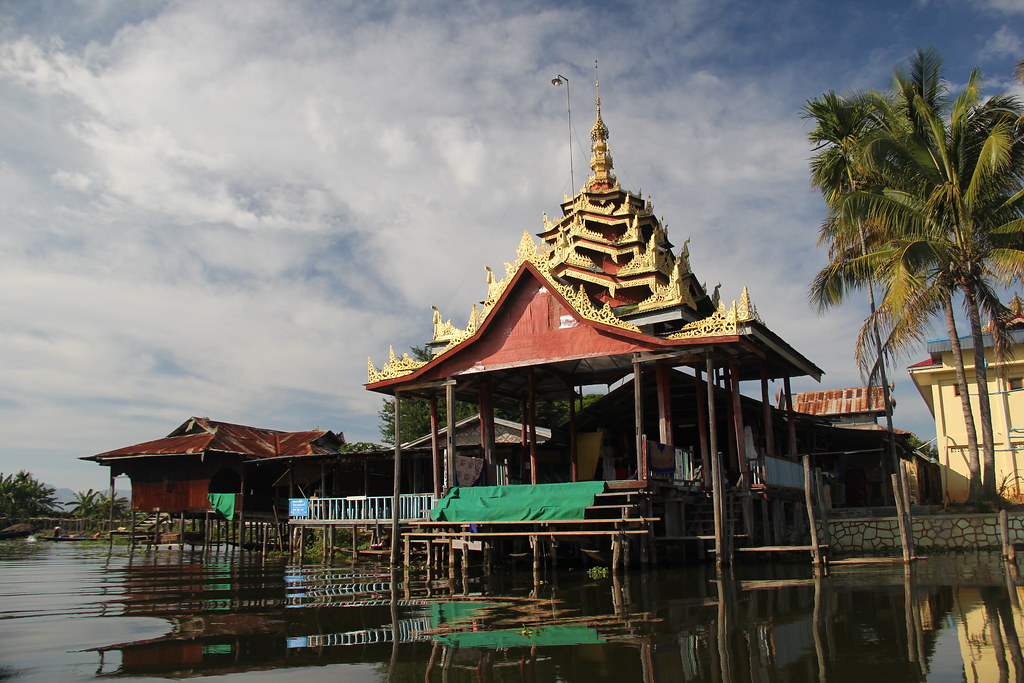



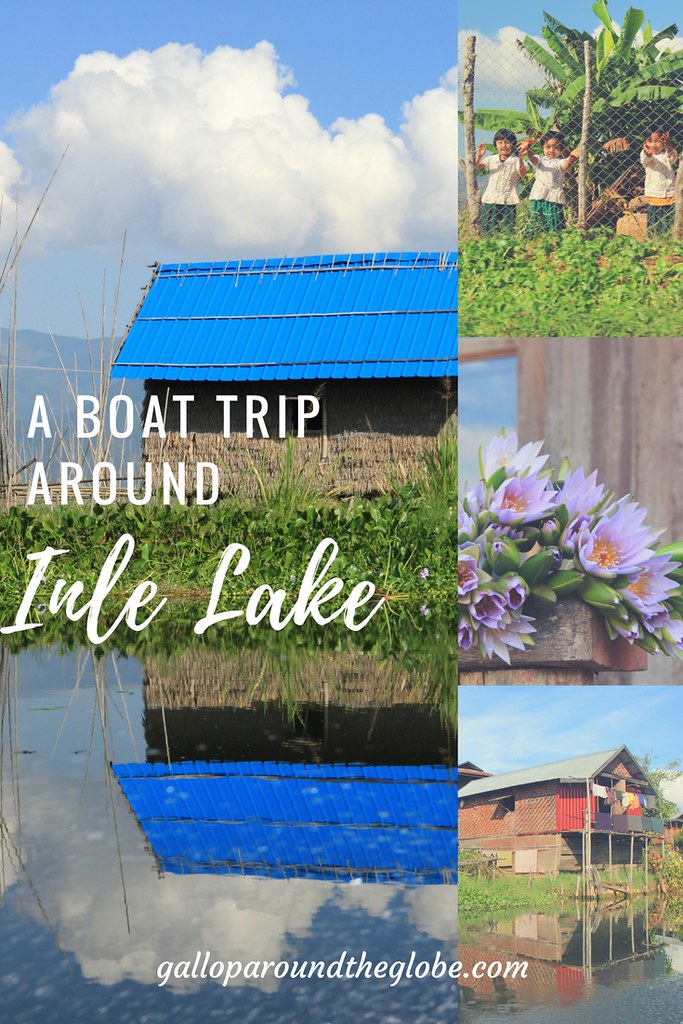





14 Comments
Myanmar is on my list!, Great post and great for our plan!
Really hope you enjoy it 🙂 And Inle Lake is definitely worth visiting, it’s just important to know what to expect; it’s certainly no undiscovered gem any longer!
This is a timely post as I was looking at flights to Myanmar this morning!
I don’t know if/when I’ll manage to get there – not until next year, at least – but I know what to do when I go! I think it’s really sad about the fishermen posing for photographs (although I understand why they do it, of course). The same thing happened with the stick fishermen in Sri Lanka. I guess it’s just a sign of the times that they probably get more money performing for tourists than they do from the fishing.
Elaine Thatcher recently posted…Hévíz: Bathing in Hungary’s Healing Thermal Lake
I agree: sadly tourism pays – which is great for the fishermen but not so for the tourists seeking an authentic experience. It’s kind of ironic that the tourists have brought about a change that they end up despising. I really hope you make it to Myanmar though, it really is a beautiful country 🙂 Bagan truly is something else!
Your photos are stunning. They make me want to hop on a plane and rush over!
Thank you Malini 🙂 and you should!
How incredible! And a lotus factory? I’ve never even heard of it!! This looks like an incredible must do – I haven’t explored much of Southeast Asia but I definitely want to after seeing your photos!
Stephanie | theFantasia.com
Southeast Asia is an amazing part of the world, you really must explore more of it!
Wow! Your journey to Nyaungshwe sounds and looks incredible! I had actually never heard of Inle Lake before, so I am so happy that your post introduced me to it! I would definitely love to pay the lotus weaving factory a visit!
I did love the lotus weaving factory. It was so fascinating to watch all the different processes involved, and the final products were so beautiful. I only wish I’d had the money (and space in my backpack!) to buy more 🙂
Ah man, I totally get that feeling about amazing places becoming tourist traps! I felt the same way about Halong Bay – difficult to truly appreciate it when it’s packed and there’s loads of rubbish floating in the water. Still, I’d love to see this place. I haven’t made it to Myanmar yet but it’s on the list and I don’t think we should completely avoid the big attractions just because everyone else goes to them. As travel bloggers, we’re partly responsible I guess!
Dannielle recently posted…Xochimilco, The Most Fun Place To Spend Your Weekend In Mexico City
I totally agree! We’re always seeking unique and authentic experiences, and when we find them we naturally want to tell others about them. But the more people we tell, the more visited (and less authentic) a place becomes.
And yes, I also agree that tourist attractions are popular for good reason: usually because they’re awesome! I certainly wouldn’t refuse to visit a destination simply because everyone else does. But I guess that, considering how ‘undiscovered’ the rest of Myanmar felt, I was just really surprised to find things so very different at Inle Lake.
Thank you for this blog. It was helpful. I will be picked up from my trek which ends at Tone Lae and taken by boat up to Nyaung shwe. If the boat can only stop a couple of places for me on my way back (boat won’t pick us up until 2pm) would you recommend the lotus weaving factory, the cheroot factory, the floating gardens, or Jumping Cat monastery? ~Kerrie
Sorry for the late reply, I’m in India and wifi here has been really sporadic! If I had to choose one I’d say the lotus weaving factory is the most interesting of the four, followed by the cheroot factory 🙂